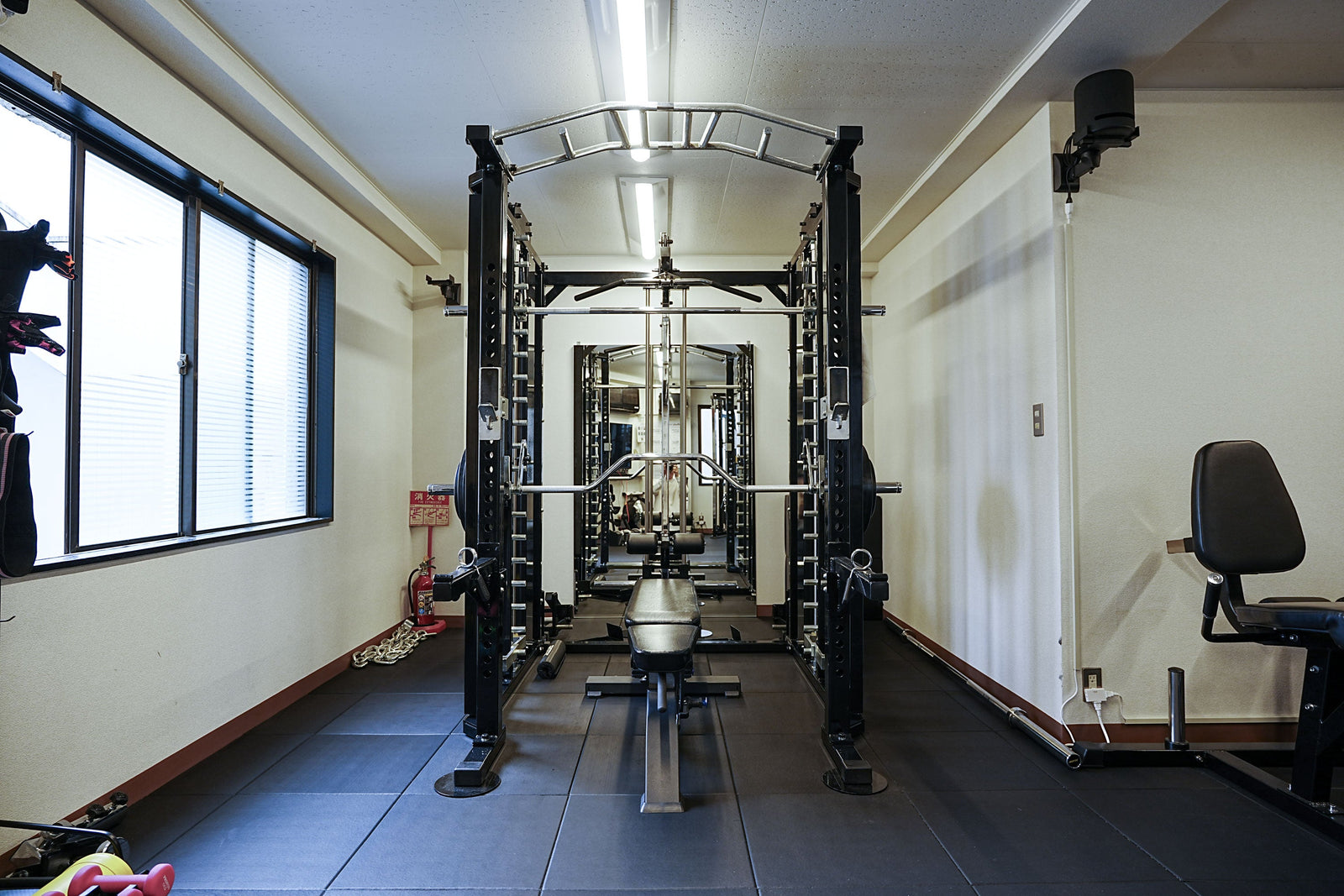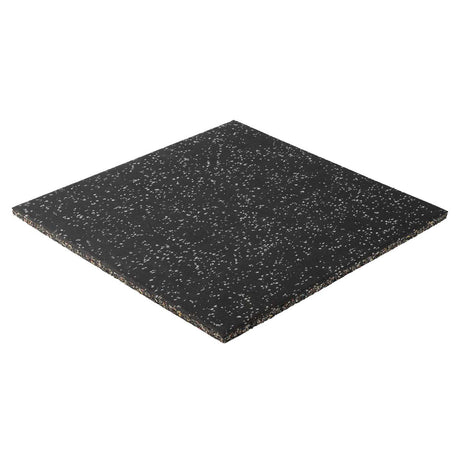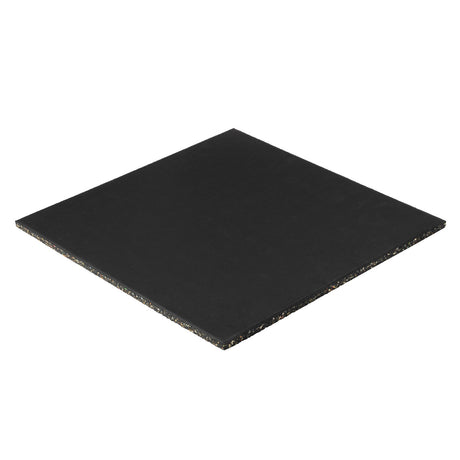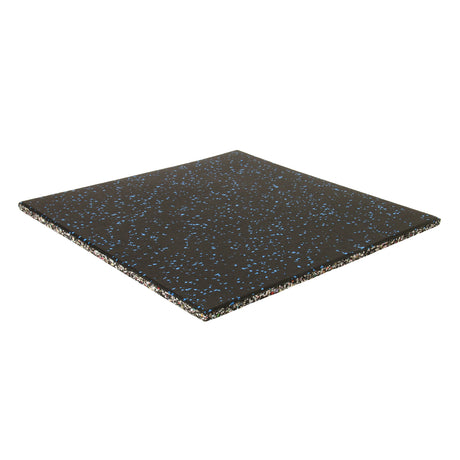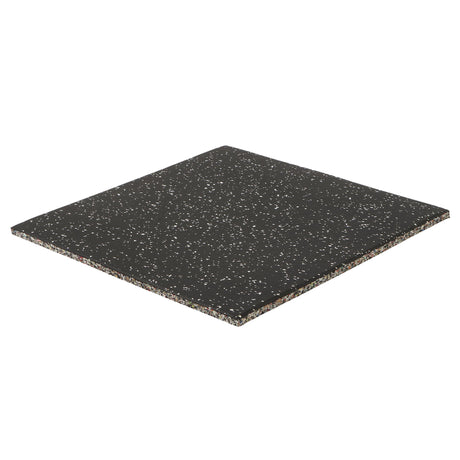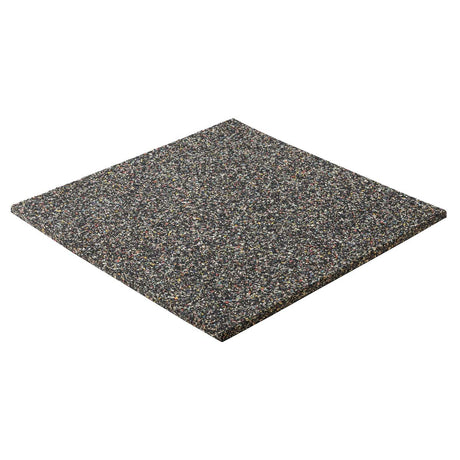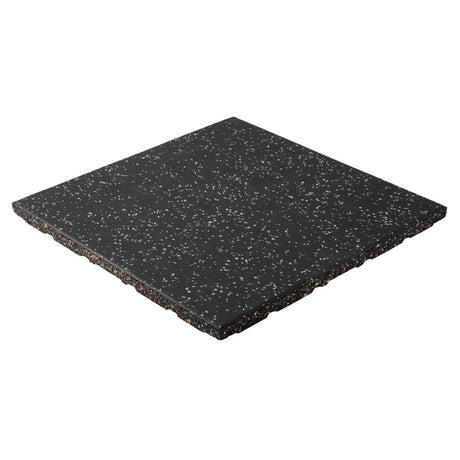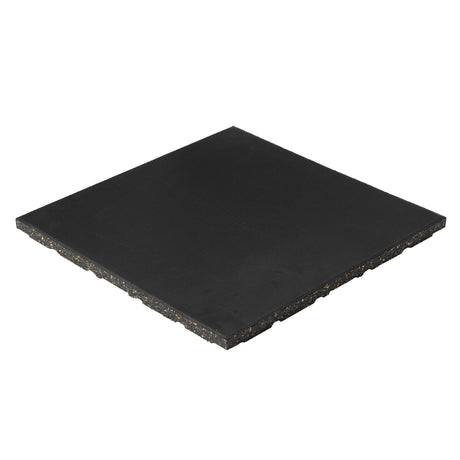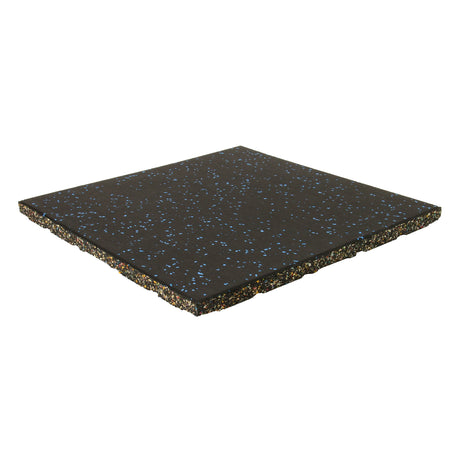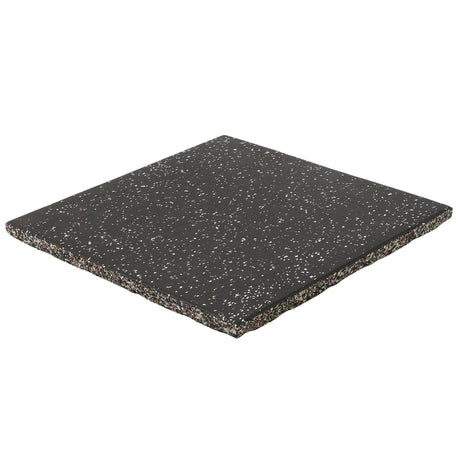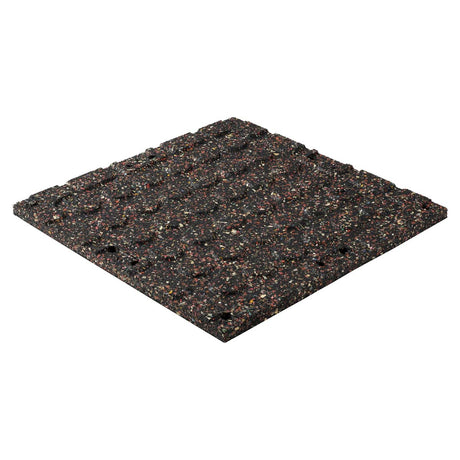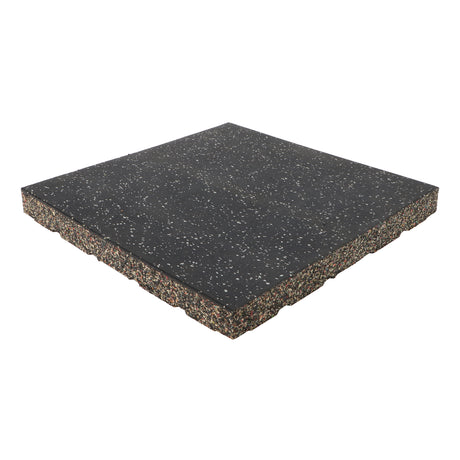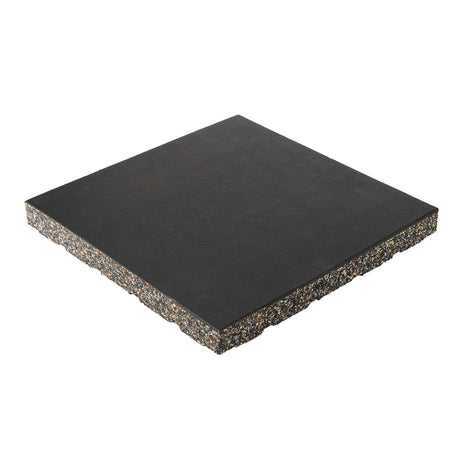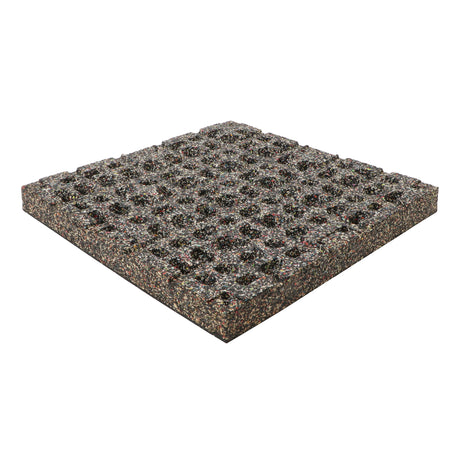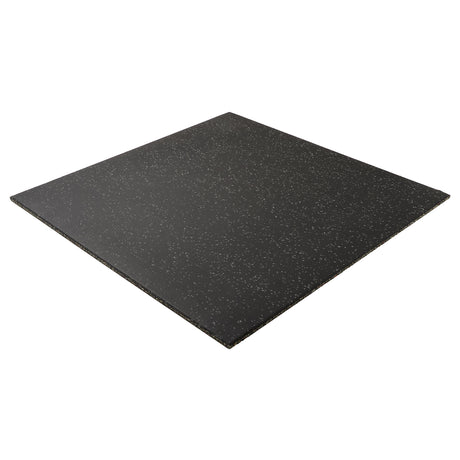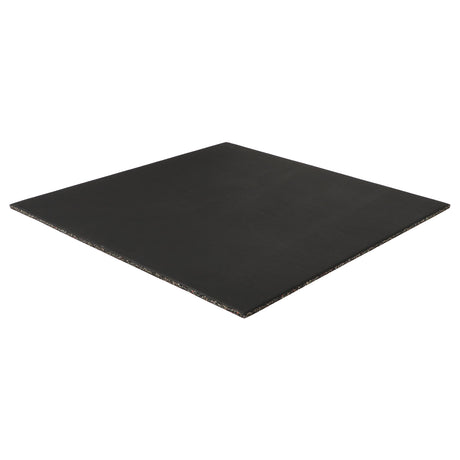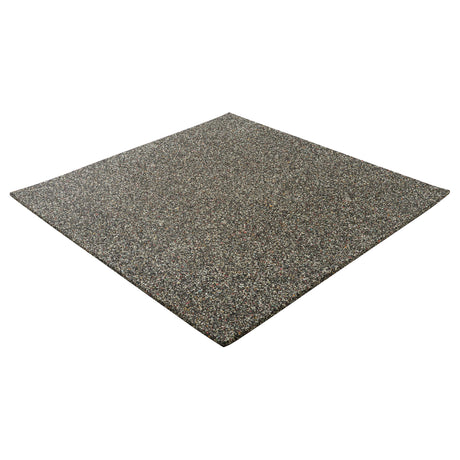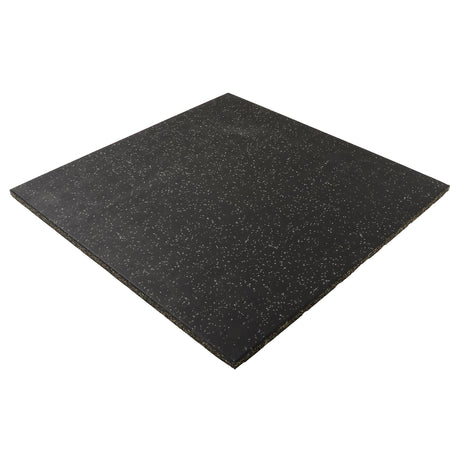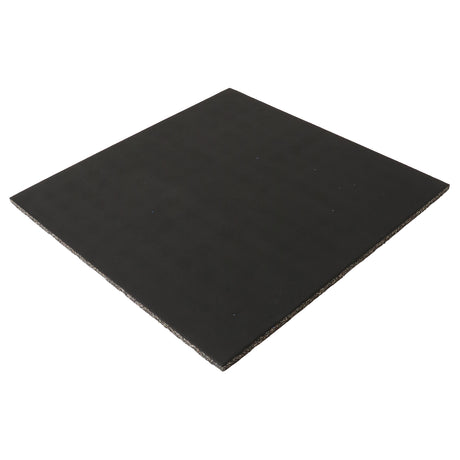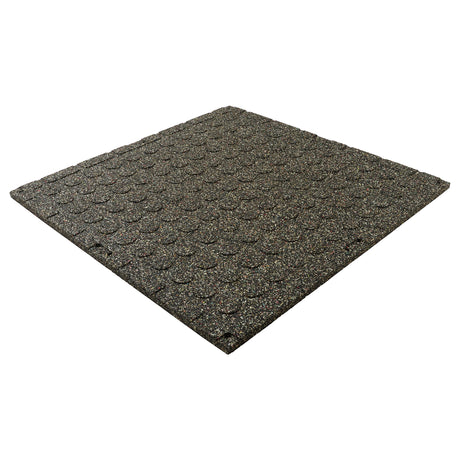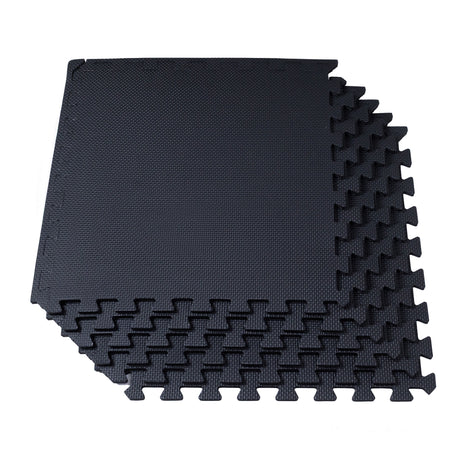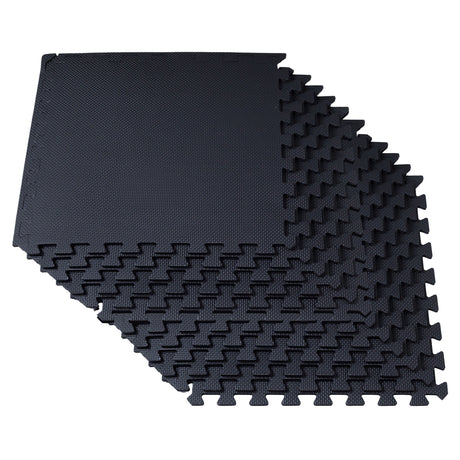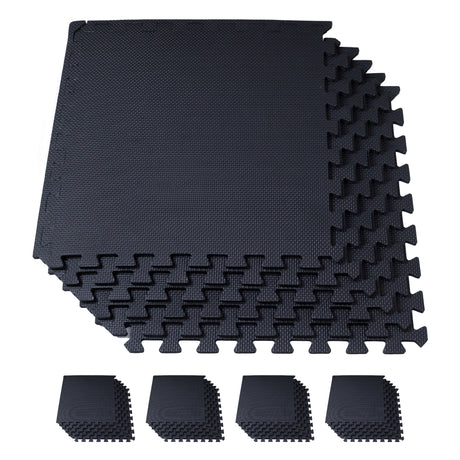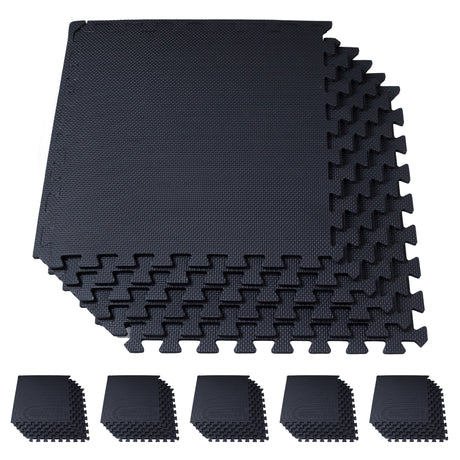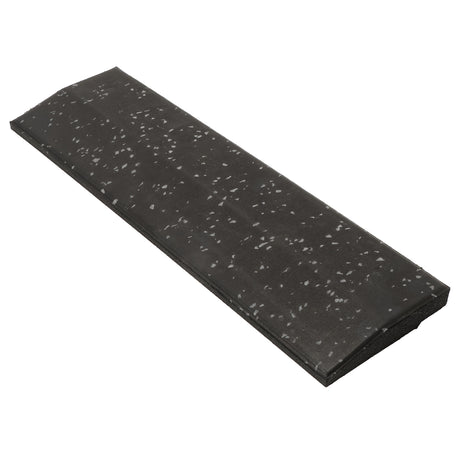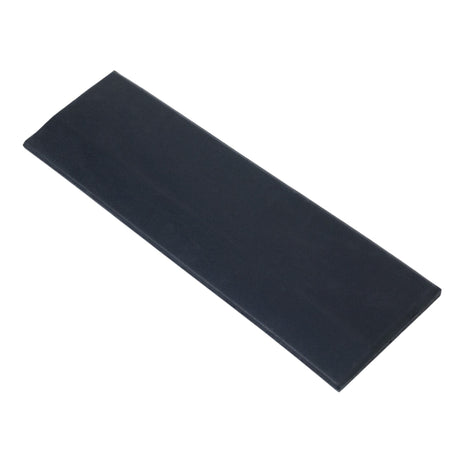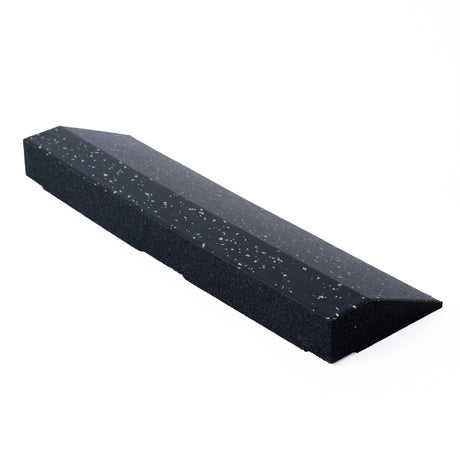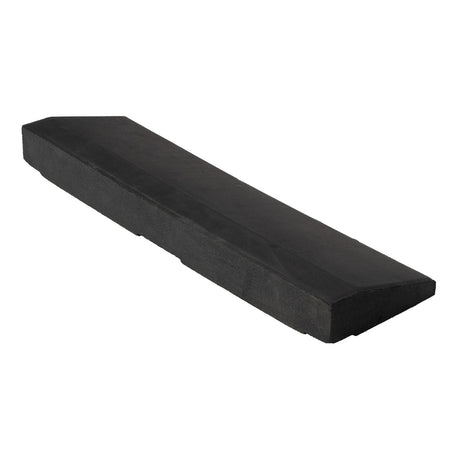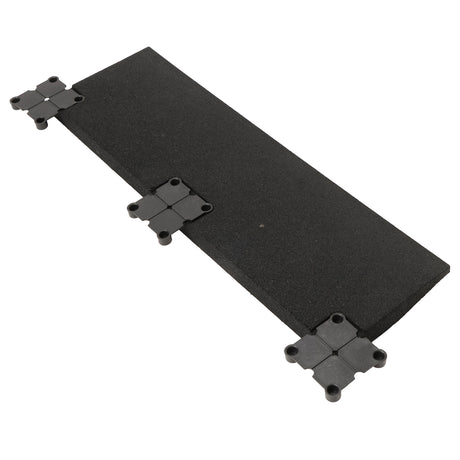More and more people are wanting to create a training room at home for daily muscle training. In this article, we will explain how to turn a room into a muscle training space or the perfect training room.
- What do you need in a training room?
- What are the advantages and disadvantages of a training room?
- How much does it cost to build a training room and how much space is required?
By gaining proper knowledge before creating a training room, you can create the ideal training environment!
What you need for your home workout room
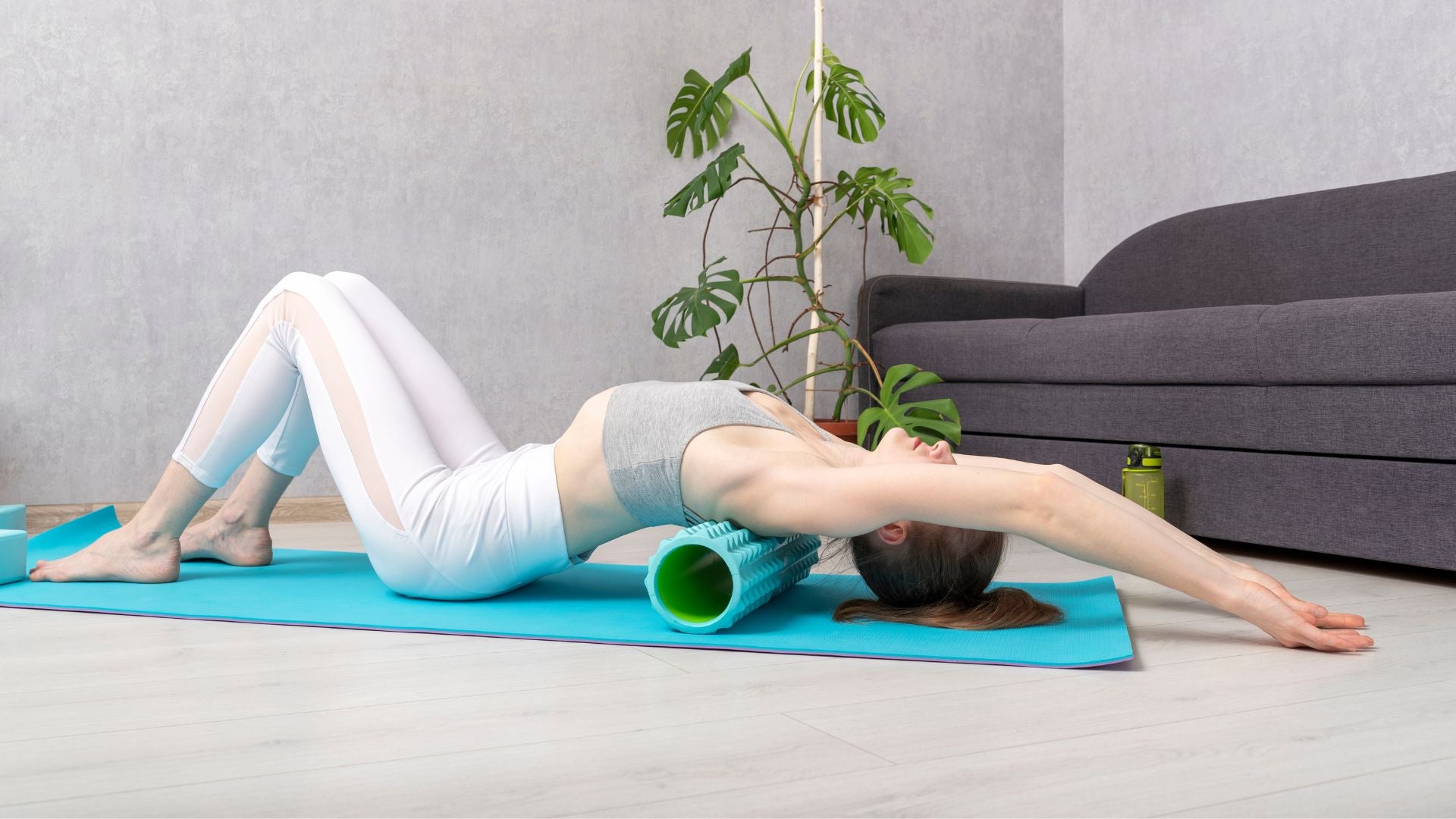
If you want to set up a training gym at home, the first thing you should consider is, "What do I need?" In conclusion, there is no need to buy expensive training equipment right away.
We will introduce the minimum items and mindset required to turn your room into a training room.
What you need: A room of about 6 tatami mats
The first thing you need is a space of about 6 tatami mats to train in . Your own room, garage, or any other space you can use freely is best.
In addition to being able to do intense exercise in a training room, you'll also need space to store equipment when you want to expand your workout routine.
For example, equipment such as a power rack takes up more than one tatami mat of space, and even bodyweight training without equipment requires space to move your body.
We also have articles that explain the ideal floor plan and how to create a home gym, so be sure to check them out if you want to create a professional training room.
≫Create your ideal home gym. A thorough explanation of floors, layouts, and training equipment
Necessary item 2: Initial costs
It depends on the muscle training menu, but you should expect some initial costs . In order to continue training and maintain your ideal body, you need an environment that will motivate you.
It is possible to get in shape in an empty room, but serious training will be difficult.
Before you get excited about building a training room, we recommend that you identify the part of your body you want to train and determine the average equipment and costs required for training.
Need #3: Training equipment

You don't need to buy expensive training equipment right away, but you'll need at least a training mat.
Regardless of whether you have equipment, the size of the room , or the type of training you do, the floor will affect the quality of your training. For training rooms, mats that provide support, are non-slip, and do not transmit vibrations to the surrounding area are ideal.
If you set up the training equipment without laying down mats, it will be difficult to lay down mats later, so we recommend that you prepare mats as a first priority.
For other training equipment, please see this article.
≫ Recommended training equipment for home gyms
Necessity #4: Motivation and exercise habits
When creating a training room, you want to maintain motivation and exercise habits. The purpose of a training room is to create an ideal body by continuing fitness such as muscle training and stretching. Don't forget that a training room is just a means to an end.
First, develop an exercise habit and think about whether you will be able to maintain your motivation even after creating a training room.
No matter how much equipment you have, if you lose motivation, your investment and time will be wasted.
If you would like to know about some home gym regrets and what to do about them, please read this article.
How to turn your home into a training room

Once you have decided on your desire and budget for creating a training room, you can proceed with renovating the room. If you suddenly bring in large equipment, you may encounter problems such as not having enough space to move around.
When creating a training room, start by creating an environment that will protect you and your home and avoid trouble.
Step 1: Contact your landlord or management company
If you have decided to create a training room, contact your landlord or management company if you are renting. If you are seriously renovating your home, you may need to bring in weight training equipment weighing over 100 kg.
Dropping a heavy object like a dumbbell may damage the floor. To avoid any trouble later, such as the landlord saying, "I didn't know you would use it like that!", be sure to contact the landlord in advance.
Depending on the landlord, they may set conditions for turning a room into a training room.
Step 2: Reinforce the floor
Even if you live in a house or own your own home, reinforce the floor before moving in the equipment. No special skills are required. Simple reinforcement can be achieved by combining products sold at home improvement stores and training mats. The first thing you should do when turning a room into a training room is to reinforce the floor.
The floor will not collapse even if you place training equipment weighing over 100 kg on it. However, the flooring may be damaged if a heavy object is dropped, or the area where the heavy object is placed may become dented.
If you are renting, you may be obligated to restore the property to its original condition at your own expense, so we recommend using simple reinforcement methods such as matting, plywood, and joint mats.
Step 3: Soundproofing
Once the floor has been reinforced, the next step is soundproofing. Noise is a common concern in training rooms. If you install a power rack, there is a possibility that metallic noises will be generated when handling the rack. Even if you are doing bodyweight training, if you do squat jumps on the second floor, the noise may reverberate to the floor below.
Even if you create a training room where you don't have to worry about anyone seeing you, you don't want to train while worrying about noise complaints from your neighbors or family. Unless you are in an environment where you don't need to think about soundproofing, such as a garage in a house, you should consider measures such as attaching sound-absorbing material to the walls.
The benefits of having a training room at home

The reason why many people aspire to have a training room is not just because of the romanticism involved, but also because it actually offers many benefits. Let's take another look at the benefits of a training room, which is your own personal training space, from the perspective of the quality and quantity of training.
Benefit 1: You don't need to go to the gym
If you create a training room, you don't have to go to the gym, so you can train whenever you want. You'll be free from the time constraints that come with going to the gym, such as travel time and opening hours, so you'll have more time to devote to training.
Also, depending on the weather, it may be a hassle to go to the gym or it may be difficult to get there. With a training room, you won't be affected by the weather.
Since you can train whenever you want, you will be able to increase the amount of training you do compared to going to the gym.
Benefit 2: You won't be affected by other people's gazes or turn order
If you have a training room, you don't have to worry about the gaze of others or the order in which you can use it. If you go to the gym, you can't train however you like, and you have to be considerate of other gym-goers when using the room.
If you are using the equipment and the next person is waiting, you may be concerned about the gaze of others. On the other hand, when training at home, you don't have to worry about the gaze of others or your turn. You can train however you like with the equipment and menu you like.
You'll be able to train more mentally at ease, which may result in a better quality workout than at the gym.
Benefit 3: You can create an environment that suits your training content
Since the training room is made to suit the type of training you want to do, the density of the menu will increase. "Creating a training environment" is not just about menus and equipment. Playing your favorite music and videos, and customizing the interior to your liking are also part of creating a training environment.
If you are particular about the interior, it may be expensive, but you can enjoy DIY. The best part of creating a training room is being able to get closer to the environment where you can train easily.
Creating a comfortable training room will increase your motivation and make training even more enjoyable.
Benefit #4: It’s cheaper than the gym in the long run

One of the reasons people are debating whether to build a training room or join a gym is that they don't know which is cheaper. In the month after the initial investment, the training room will naturally cost more.
However, if you continue going to the gym for many years, at some point the profit and loss will reverse. If the routine you want to achieve by going to a gym that costs 10,000 yen per month can be achieved with an initial investment of 200,000 yen, in the 21st month it will be cheaper to build a home gym .
The cost of reinforcing a 6-tatami mat floor is around 110,000 yen, so even if you spend an additional 90,000 yen on equipment, you will be able to recoup your investment within two years.
≫Two measures and costs for reinforcing your home gym floor
Disadvantages of building a training room at home

Aside from the initial investment, having your own room and owning the equipment can also be a disadvantage. Be sure to check the disadvantages while considering the environment in which you train and your personality.
Disadvantages: You need to maintain the equipment yourself
The first disadvantage is the maintenance of the equipment. At a gym, the facility will maintain the training equipment, but you are responsible for maintaining and improving the condition of your own equipment. You need to be careful not only about dirt and odors, but also about loose bolts and worn cables.
It is dangerous to use equipment that has deteriorated or is not properly maintained. If the equipment suddenly falls over or collapses, you may be seriously injured. Even if you are not injured, the unexpected noise and impact may cause damage to your home or noise problems.
Maintenance can seem like a lot of work, but you don't have to manage your equipment on your own. There are companies that undertake maintenance of training room equipment, so if you find it difficult to manage it yourself, you may want to consider using their services.
Disadvantages 2: There is a limit to the equipment that can be placed
Depending on the size of your room and your budget, there will be a limit to the amount of training equipment you can put in. It will be particularly difficult to install multiple large pieces of equipment. If you try to cram too much equipment into your room, you will end up with less space to move your body.
Also, even if you have a 6 tatami room, many people will not be able to use the entire room as a training space. Even if the equipment theoretically fits in the room, there may be cases where it cannot be actually accommodated due to the size of the door, etc.
One disadvantage of a training room is that you have to constantly keep an eye on the space and think about the layout.
Disadvantage 3: Motivation easily wanes
Unlike at a training gym , when you train at home, there are fewer external stimuli, so it's easy to lose motivation. Seeing others around you exercising and those with well-trained bodies is what motivates you.
Also, if you train in a room that is the same as your everyday life, you will likely get bored easily. Boredom will reduce your motivation to train, so even if you create a training room, you may lose the habit of exercising.
Unlike a gym, where you can't use a wide range of equipment, the range of exercises you can do is limited. To stay motivated, you need to find ways to keep your training fresh.
Things to keep in mind when building a training room

When creating a training room, always consider the following points, starting with the layout. Creating a training room is an exciting challenge, but rushing ahead with it on impulse can lead to unexpected regrets.
Point to note: Room layout
First, think carefully about the layout of the room and the layout of the equipment. You also need to consider the space you need to move your body. Carefully check the size and layout of the equipment, such as whether you can train with a power rack or whether you can do barbell squats with a bench.
Additionally, consideration of maintenance and rearrangement is also part of the layout. It is important to use the space with ease, such as whether there is enough space to remove and attach the barbell plates, and whether the bolts at the back of the rack can be tightened without moving them.
≫Create your ideal home gym. A thorough explanation of floors, layouts, and training equipment
Point 2: Choosing the right equipment
Let's start by building a training room with the bare minimum of muscle training equipment . First, identify the training menu that you absolutely want to do, and then prepare the necessary items in order of priority.
If you get too greedy and think, "I wish I could do everything," you may end up with a room full of equipment that gets in the way and has a negative impact on your training.
Also, increase the number of equipment you buy little by little, making sure that you can maintain your motivation. If you buy a lot of equipment at once and then lose motivation, it will be a waste of money.
Tip 3: How to stay motivated
We recommend that you think about how to maintain your motivation from the beginning. You may get bored in your own room or become dissatisfied with the activities you can do.
For example, it is also effective to use a sports gym once a week . There is no rule that you can't go to the gym if you have a training room. By creating an opportunity to be inspired by your training buddies, you will be motivated to "try your best too."
You can also create your own training environment, such as filling your training room with your favorite athletes, which will make your daily training time more enjoyable.
Training room costs
A training room requires a minimum investment in equipment. This time, we will not introduce recommended equipment, but rather the customization costs required before purchasing equipment.
Please note that the prices listed in this article are based on information available at the time of writing.
Cost 1: Floor reinforcement: 110,000 yen
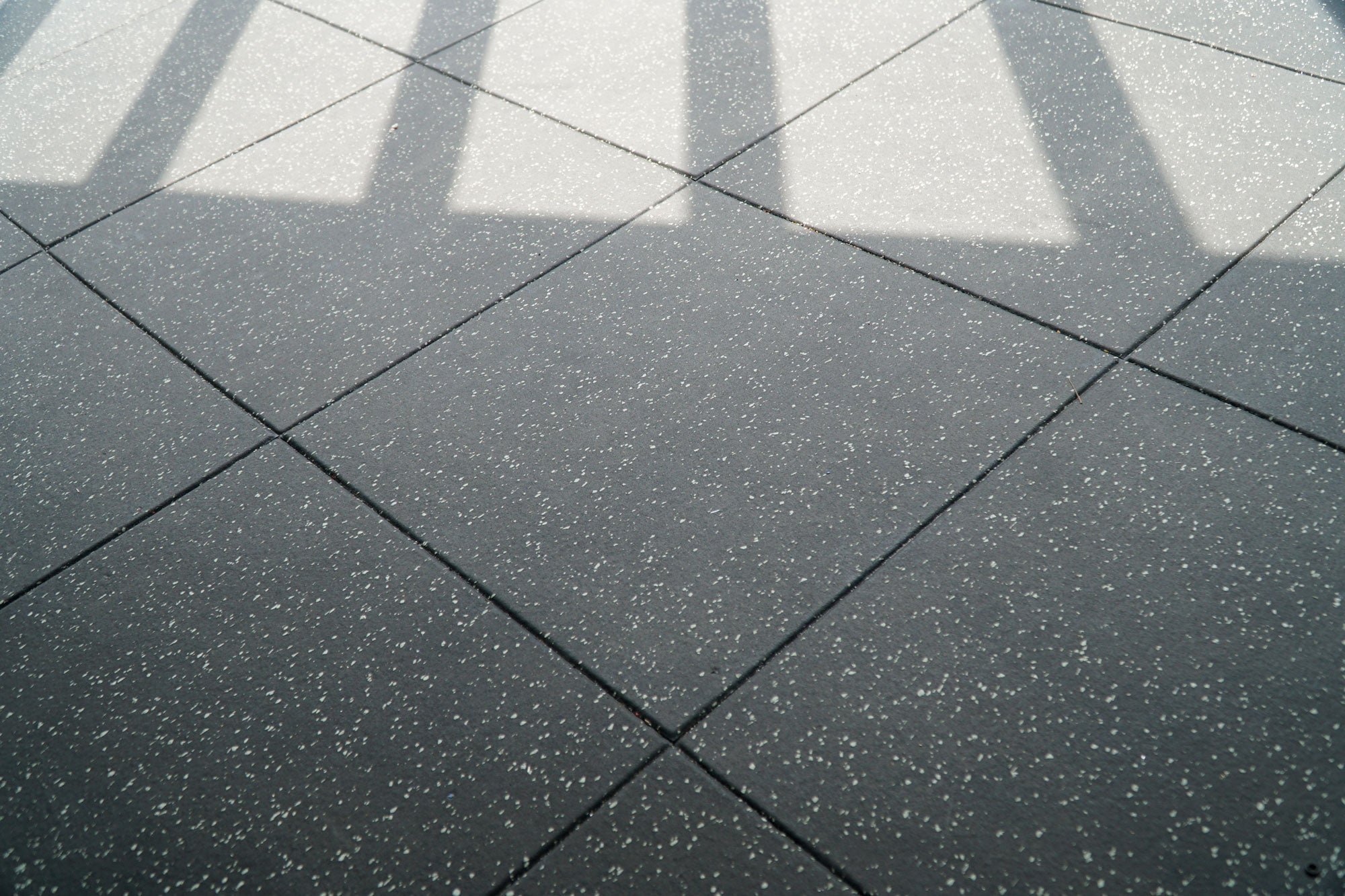
The first expense you should make is reinforcing the floor. When you create a training room, there is a higher chance of damaging the floor, such as dropping dumbbells or knocking over plates. Even if you plan to use it as a light fitness room , it is a good idea to reinforce the floor in case you want to add more equipment later.
If you were to carry out simple reinforcement on an entire 6-tatami mat room, the rough breakdown of costs would be as follows:
- Joint mat: Approx. 10,000 yen
- Plywood: Approximately 30,000 yen (price varies depending on raw material prices)
- Gym mat: 65,560 yen
For detailed reinforcement methods, please see this article.
Expense 2: Air conditioner 50,000 yen
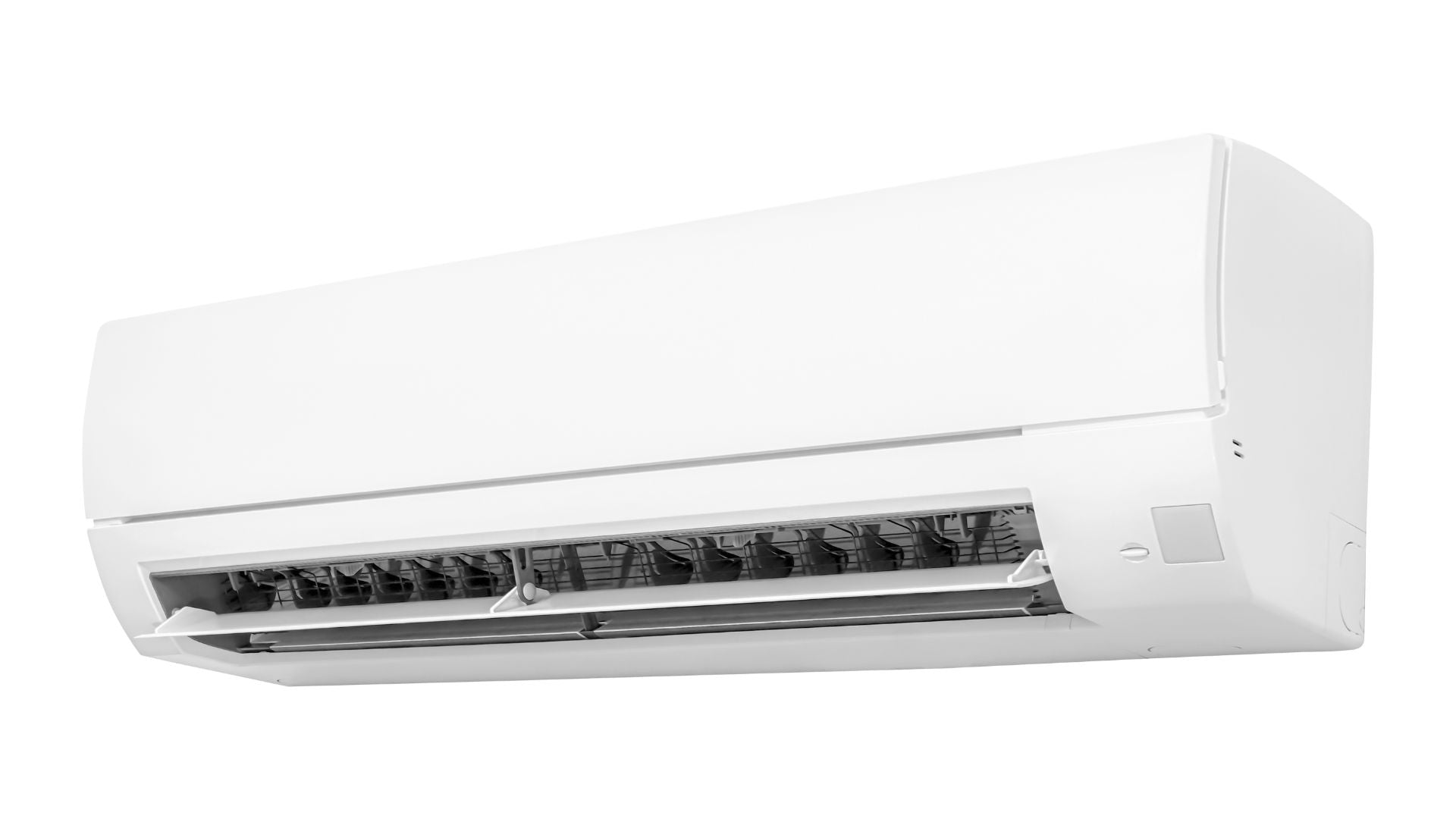
Training rooms need to be air-conditioned. It is dangerous to train without air conditioning in the hot and humid summer in Japan. If you live in an area that gets hot in the summer, be sure to install one.
Air conditioners are surprisingly cheap to buy. If you purchase a 6-tatami room model online in spring or autumn, when air conditioner installation companies are in their off-season, you can choose from around 60,000 yen including installation costs. You can also rest assured that you can choose from products from well-known manufacturers.
For around 60,000 yen, you can make your training environment comfortable while also protecting your own safety, so it's definitely not an expensive purchase.
Cost 3: Equipment according to your favorite menu
Once the floor and air conditioning are ready, you can purchase the equipment that matches the training menu you want to do. There is no need to rush into thinking that "this is a training room, so I have to have this." It's fine to gradually increase the number of equipment within a reasonable range.
If you have limited space, you can use separate equipment for the exercise you do in your room and the exercise you do at the gym. It is also effective to do weight training at home and aerobic exercise at the gym.
Tips for creating a stylish training room
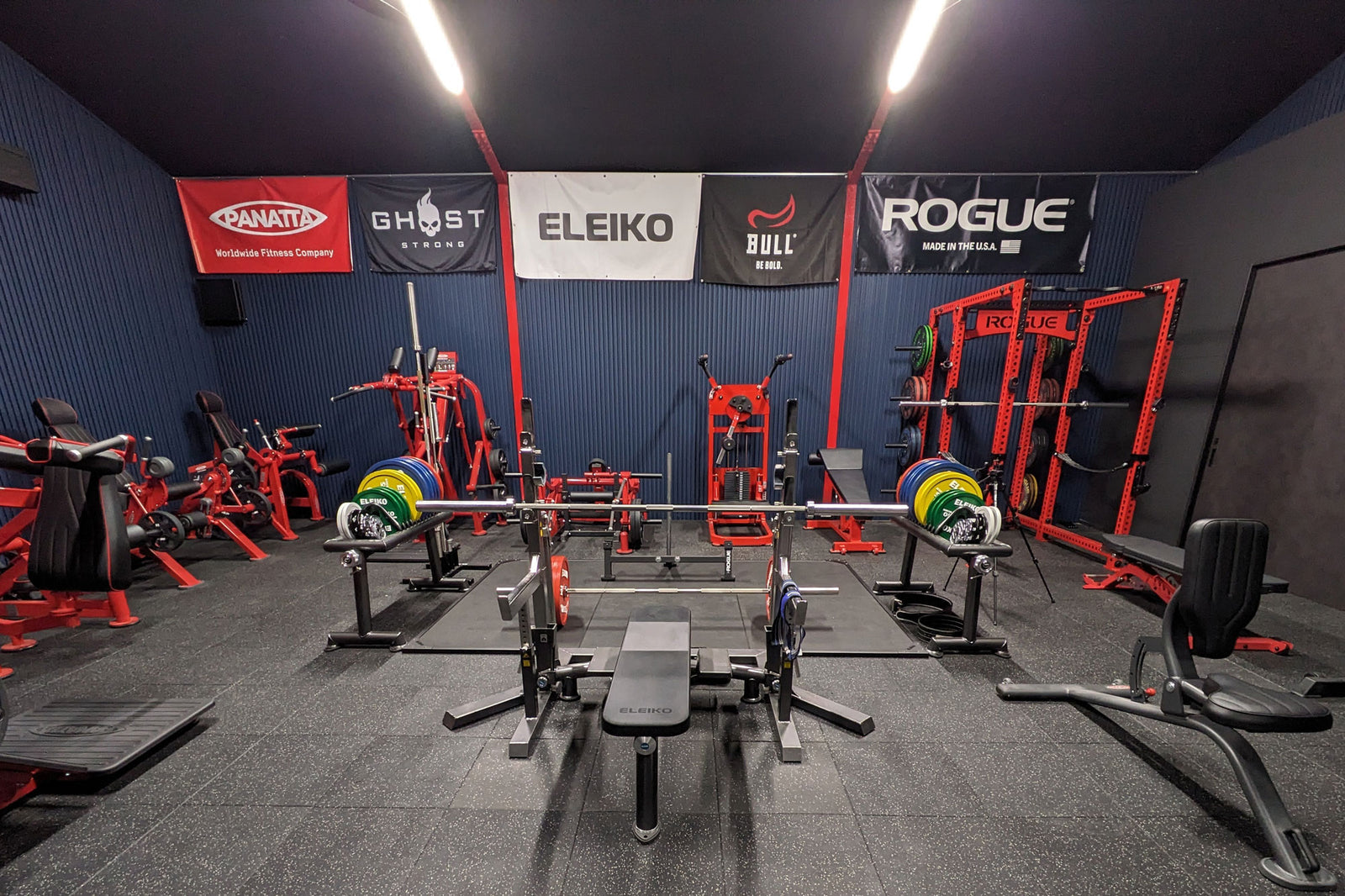
You want your own training room to be something that lifts your spirits. Turning your training room into a stylish space requires a slightly different approach than changing the interior of an ordinary room.
Point 1: Deciding on the concept
First, unify the concept of the color scheme. By matching the color of the walls and the color of the mat, you can create a sense of unity throughout the room. It is easier to imagine the room if you decide on a concept for creating the atmosphere of the room, such as Western or Japanese style, in addition to the color scheme.
For example, if you want to create a chic Japanese atmosphere in the room, fluorescent colored equipment is a bit off the mark. Of course, functionality is important, but if you want to create a stylish training room, you should also consider the design.
If you search for hashtags like "home gym" or "training room" on social media, you can check out photos that can serve as inspiration for stylish training rooms.
Tip 2: Arrange your equipment with space in mind
Once you have decided on the concept, layout and install the fixtures while keeping the space in mind. If the fixtures are too close to each other, the room may feel cramped or cluttered.
It is best to have enough space so that you can move around comfortably, but also so that the equipment doesn't overlap and become obscured from view.
What you should refer to is the photos of the facility on the gym's website. Large gyms, in particular, know how to arrange and photograph their training equipment so that it looks good in photos. If there are any that you think you can imitate, try incorporating them.
Point 3: Consider interior construction work
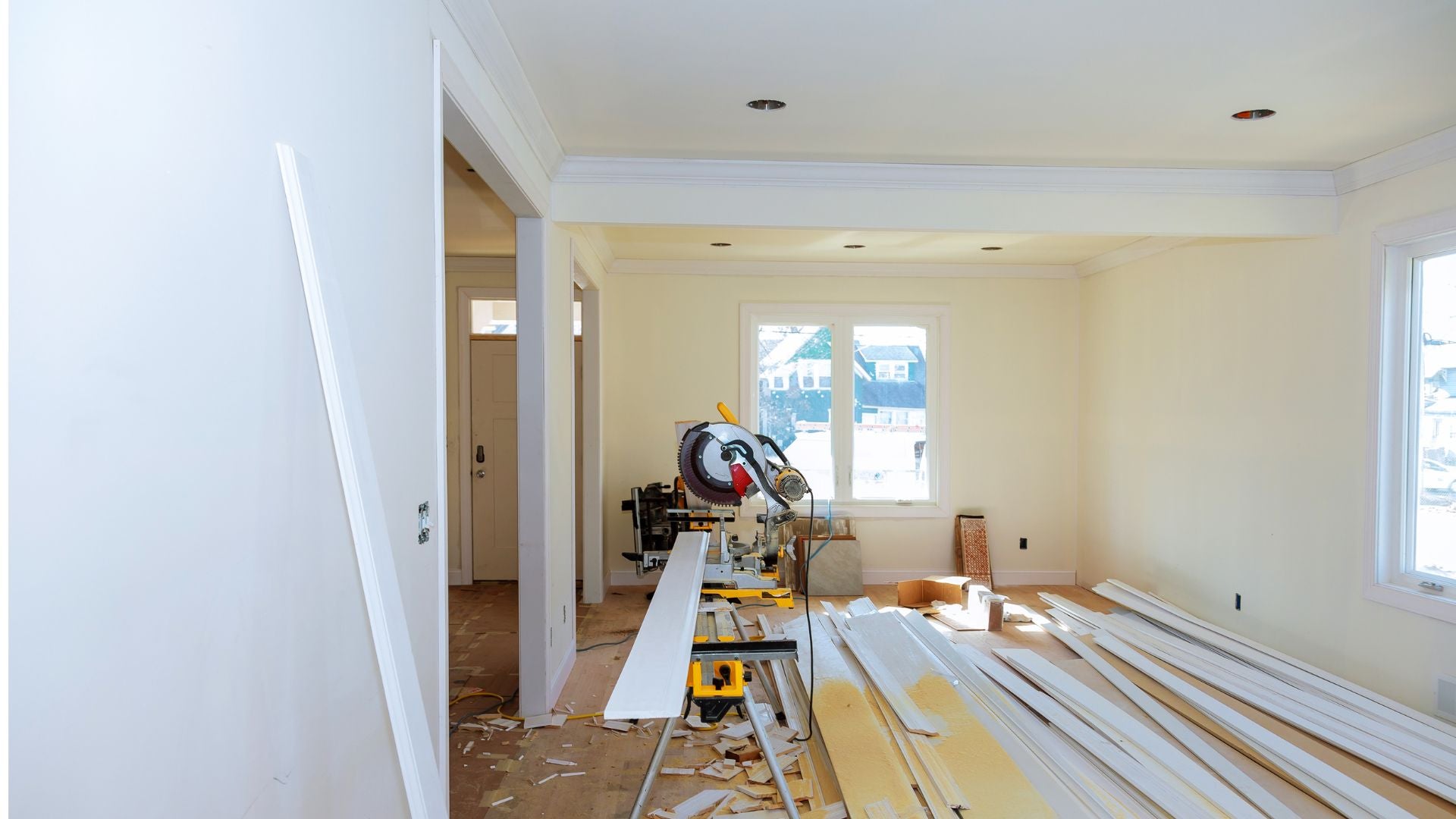
If you want to create a training room that is truly tailored to your needs,
There are ways to renovate or construct. Other than a room, garages and prefabricated buildings are good candidates for turning into a training room. This is only available to those who live in a home with a lot of space, but you can get your own training facility.
For example, if you reinforce the floor with steel beams, it can withstand several times the load compared to regular flooring. If you use exposed concrete for the walls, you can create a rugged hideout-like atmosphere.
Do "home muscle training" in the ideal training room
A training room allows you to train whenever you want without having to go to a gym. Although an initial investment is required, if you continue training over a long period of time, it will be cheaper than going to the gym.
When creating a training room at home, make sure you have at least 6 tatami mats of space, reinforce the floor, and install an air conditioner. It's an investment to protect your money and your body.
When reinforcing your floors, be sure to use high-quality GYMMAT to create a strong foundation for a comfortable training room.
